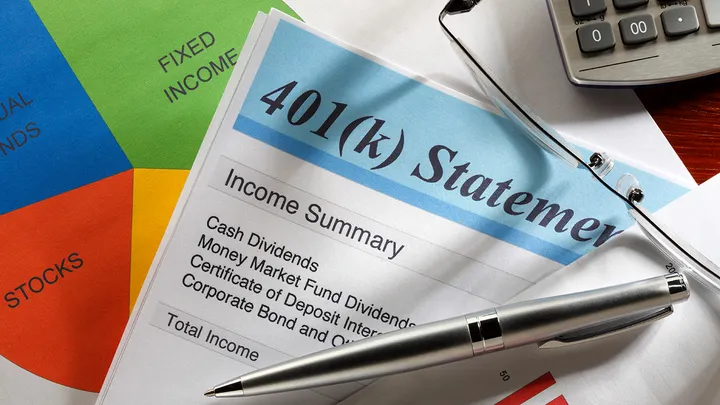
The IRS recently announced that the amount individuals can contribute to their 401(k) plans in 2024 has increased and catch-up contributions are getting a minor tweak.
“Tax-advantaged retirement accounts allow investors’ assets to grow without the tax friction experienced in typical brokerage accounts. It’s much like a track race,” Jonathan Lee, senior portfolio manager, U.S. Bank Wealth Management, told FOX Business. “In this example, your contribution is the runner. Taxes on capital gains and dividends are hurdles to finishing the race (reaching the retirement savings goal) within a desired time frame. Tax-advantaged accounts eliminate those hurdles in saving for retirement.”
He explains that the 50-plus demographic has the added benefit of contributing more of their money to tax-advantaged accounts as retirement gets closer.
Catch-up provisions can be advantageous for those ages 50+
According to Lee, to quantify the “catch-up” benefit for an IRA, the additional $1,000, contributed annually, growing at an assumed 7% rate year-over-year, results in an additional $5,750.73 of retirement savings at the end of a five-year period, an additional $13,816.45 of retirement savings at the end of a 10-year period, and an additional $25,129.02 of retirement savings at the end of a 15-year period.
Many retirement accounts benchmarked to the S&P 500 could net a bit more. On average, the the broadest measure of the stock market has returned 10% annually.
Furthermore, investors in this demographic may have reached a point in life where other financial goals have been achieved, i.e. supporting children through college or paying off a mortgage, Lee told FOX Business. “An additional $1,000 of their newfound savings can work on their behalf as a catch-up contribution to their IRA,” adds Lee.
How catch-up contributions can help you lower your taxes
Lee reports that additional pre-tax contributions to your workplace savings plan or tax-deductible contributions to an IRA can mean less taxable income. “The more you add, the lower your tax bill could be in the year the contributions are made or attributed,” he says.
Your spouse and the new provision
According to Lee, the IRS permits a spouse who does not earn income to fund an individual retirement account, provided they file a joint tax return with the spouse who does earn income. “Each spouse would have their own IRAs,” Lee told FOX Business. The IRA belonging to the spouse who does not earn income is “nicknamed” a “Spousal IRA.” “The same annual contribution limits apply to Spousal IRAs as any other IRA, meaning non-working spouses will be able to save more in 2024 as well,” he adds.
Why the ‘50s’ decade matters
Typically, people in their 50s will be working another seven to 15 years, said Emily Irwin, senior director of advice and planning for Wells Fargo, who is based in Minneapolis, Minnesota, in a time that is also usually the highest earning years. “By taking advantage of catch-up contributions, you can save while leveraging compound interest,” she explains. For example, if you start contributing the maximum annual contribution at age 50 and you retire at age 65, it’s possible that you can double or even triple your investment, Irwin told FOX Business.
























